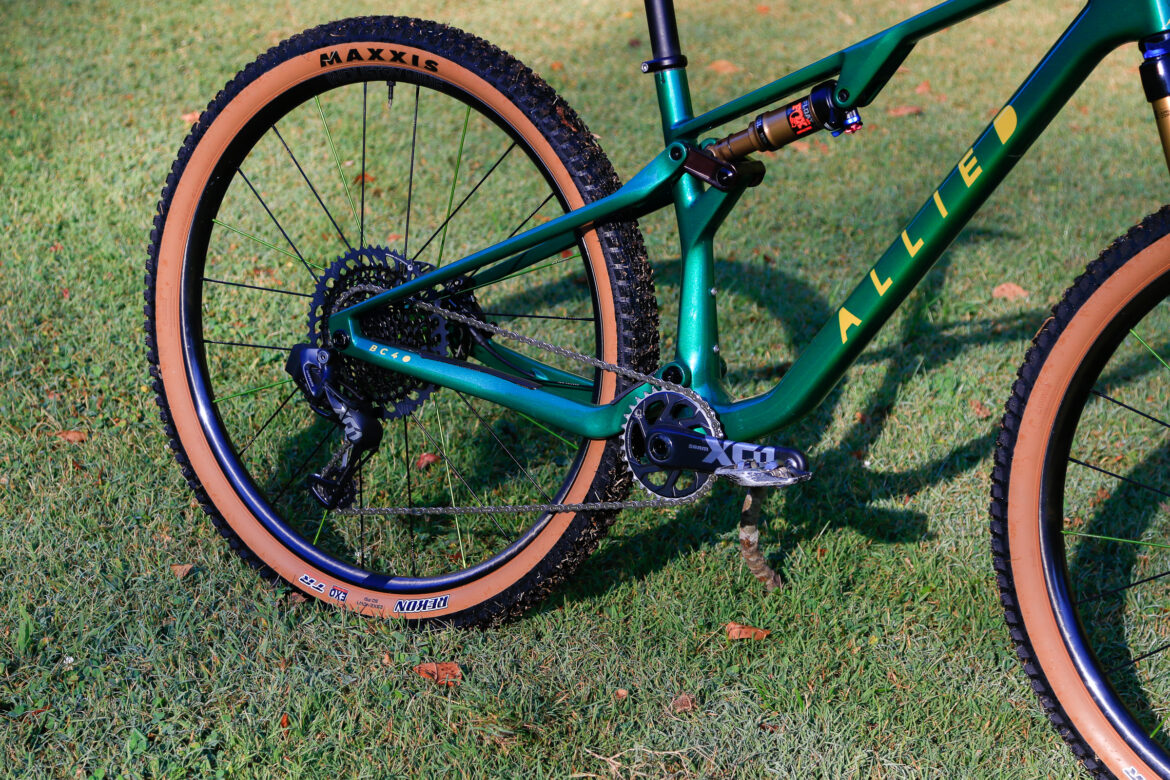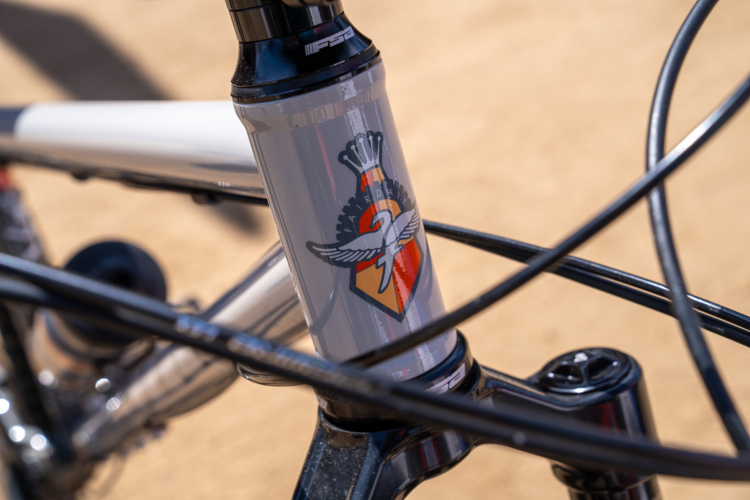
The Downcountry category has been around for a few years now, and by this point most mountain bike brands have a bike in their lineup that fits the description. Not only that, there are downcountry tires and shoes available now. But what does downcountry even mean?
In this episode, Matt and Jeff take a stab at defining downcountry, taking into account geometry, suspension travel, weight, and components. Other questions addressed include:
- How do downcountry bikes differ from cross-country and trail bikes?
- What were some of the earliest downcountry bikes?
- Which popular mountain bikes today can be considered downcountry?
- Are certain trail types or race disciplines well suited to downcountry bikes?
- What are your impressions of the downcountry bikes you have tested over the past few years?
- Where does the downcountry category go from here into the future?




















